Search
Remove Ads
Advertisement
Search Results
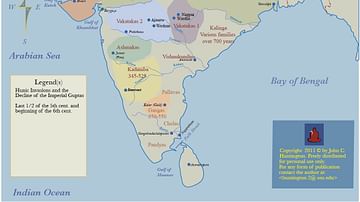
Definition
White Huns (Hephthalites)
The White Huns were a race of largely nomadic peoples who were a part of the Hunnic tribes of Central Asia. They ruled over an expansive area stretching from the Central Asian lands all the way to the Western Indian Subcontinent. Although...
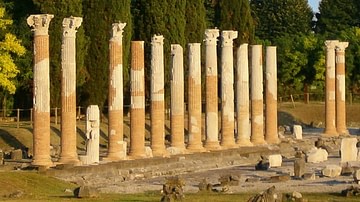
Definition
Aquileia
The ancient city of Aquileia was situated near the head of the Adriatic Sea west of the Roman province of Illyria. The strategic location of the city served a crucial role in the expansion of the Roman Republic by serving as a buffer against...

Video
Total War: ATTILA Documentary - The Scourge of God (ESRB)
Using a combination of Total War: ATTILA in game footage and live action footage of professional stunt riders*, historian Dr Paul Harrison talks us through the ruthless and dramatic life of the infamous ‘Scourge of God’ – Attila the Hun...

Article
Fall of the Western Roman Empire
To many historians, the fall of the Western Roman Empire in the 5th century CE has always been viewed as the end of the ancient world and the onset of the Middle Ages, often improperly called the Dark Ages, despite Petrarch's assertion. Since...
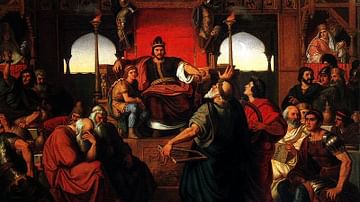
Image
Feast of Attila
Feast of Attila by Mor Than, 1870 CE, now in the Hungarian National Gallery. In this scene, visitors stand before Attila and his guests, singing songs that they have composed. Attila in at the center of the composition, it is thought that...
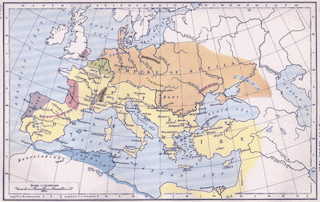
Image
Empire of Attila the Hun
Map showing the empire of Attila the Hun c. 450 CE.
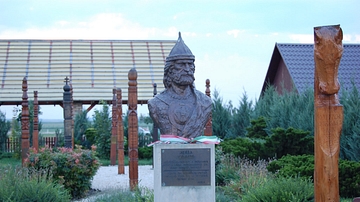
Image
Bust of Attila the Hun
Bust of Attila the Hun, Attila's Hill, Kincsem Lovaspark, Hungary.
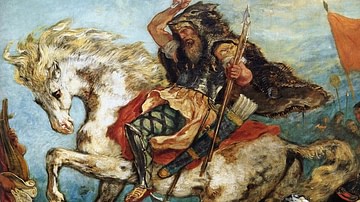
Image
Attila the Hun by Delacroix
Detail of Attila from the romanticist painting Attila and his Hordes Overrun Italy and the Arts (1838-1847) by Eugene Delacroix. Palais Bourbon, Paris (France).
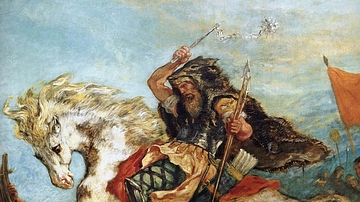
Image
Attila the Hun in Battle
Attila and his Hordes Overrun Italy and the Arts; detail from the library of the Palais Bourbon in Paris.
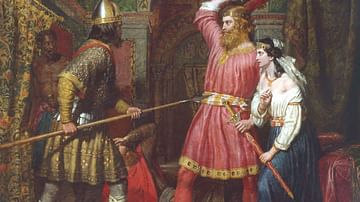
Image
The Assassination of Alboin
The Assassination of Alboin, Charles Landseer, 1856 CE, Peter Nahum At The Leicester Galleries.